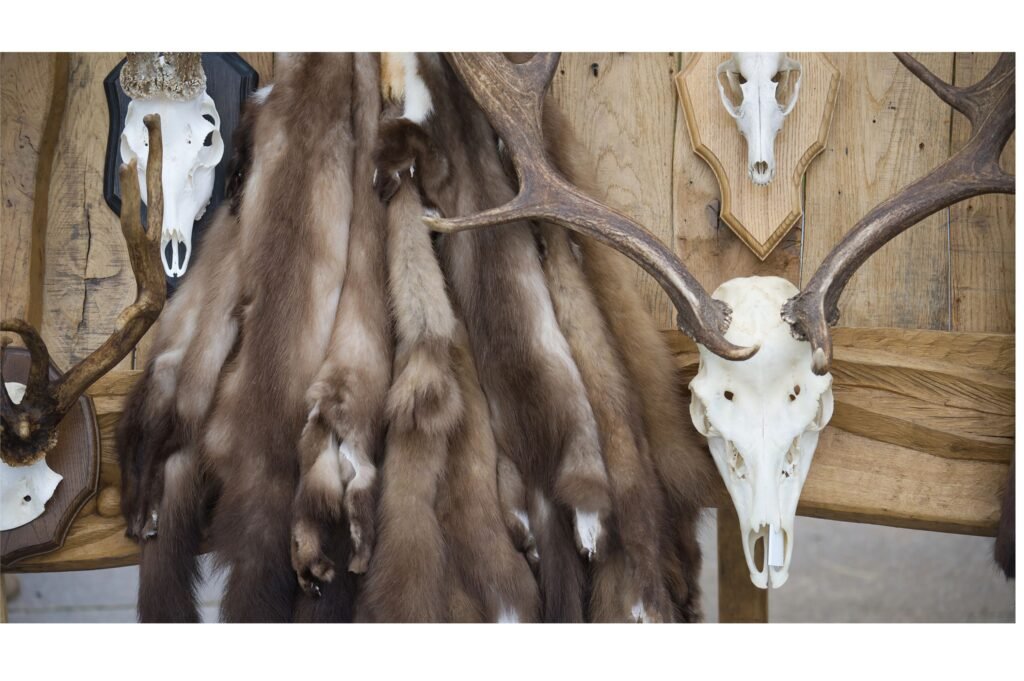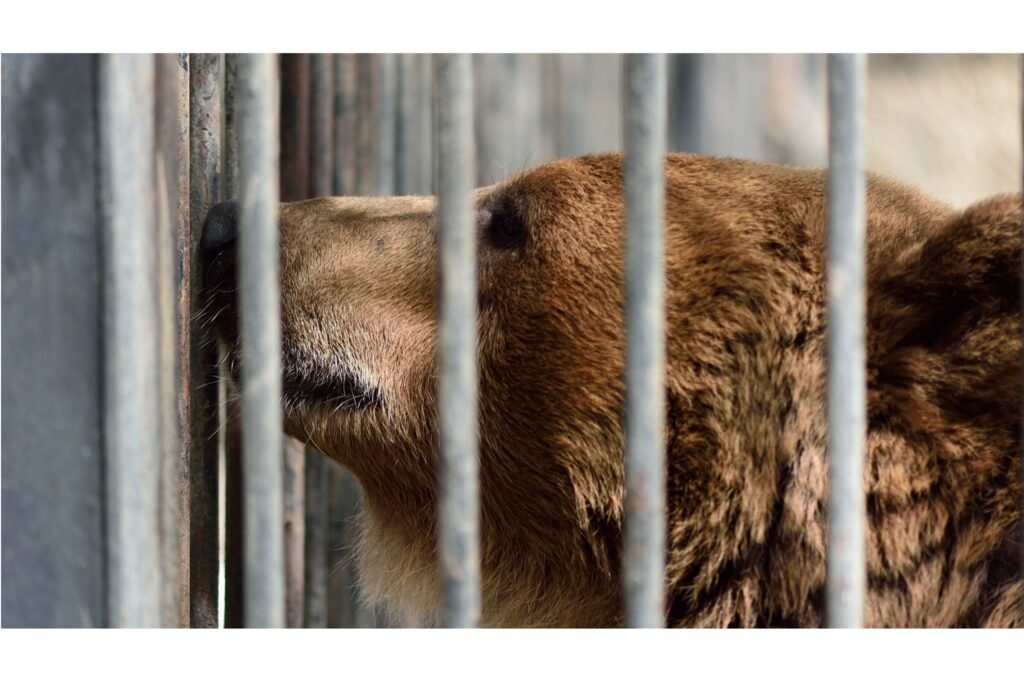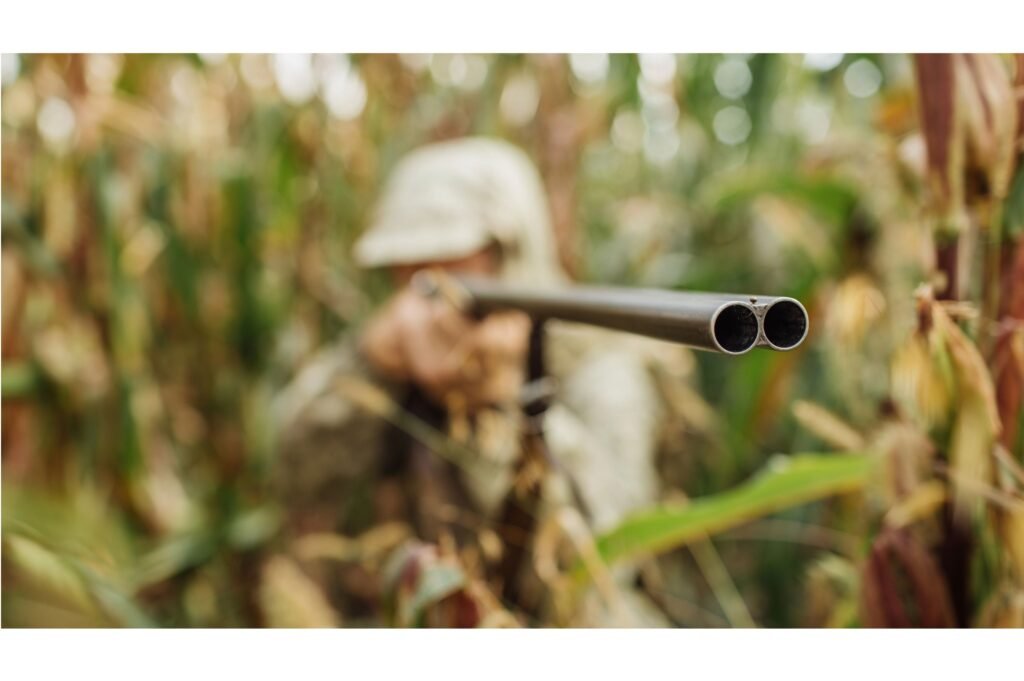Trophy hunting is a practice that involves hunting wild animals for sport, where the hunter often keeps a part of the animal, such as the head, horns, or skin, as a trophy. This practice has been at the center of a heated debate for decades, dividing opinions across conservationists, animal rights advocates, hunting enthusiasts, and policymakers. While proponents argue that trophy hunting can contribute to wildlife conservation and benefit local communities, opponents claim it is unethical and can lead to the decline of animal populations. This article explores the competing perspectives and examines the complex impact of trophy hunting on wildlife conservation. What do you think about trophy hunting and is there perhaps another solution?
The Historical Context of Trophy Hunting

Trophy hunting dates back centuries, often associated with wealth and power. In modern times, it has evolved into an industry where hunters, usually from wealthier nations, pay substantial amounts of money for the opportunity to hunt large game in countries like South Africa, Namibia, and Tanzania. The funds generated from these hunts are often presented as economic support for wildlife conservation and community development. However, the ethics and effectiveness of this approach in today’s context remain contentious and complex.
Arguments in Favor of Trophy Hunting

Proponents of trophy hunting assert that it can be a valuable tool for conservation. Supporters argue that by charging high fees for hunting permits, substantial revenue can be generated, which, if managed effectively, can fund conservation efforts, including habitat protection, anti-poaching initiatives, and research. Additionally, hunting can help to maintain animal populations at sustainable levels, particularly in areas where natural predators have been removed or are insufficient to control populations. Advocates also point to the socio-economic benefits, noting that money from trophy hunting can support local communities through job creation and improved infrastructure, such as roads and schools. In some cases, regulated hunting provides a financial incentive for communities to preserve wildlife and their habitats rather than converting land for agriculture or other non-conservation uses.
Criticisms of Trophy Hunting

Opponents of trophy hunting argue that the practice is inhumane and raises serious ethical concerns. Many believe that it is wrong to kill animals for sport, particularly species that are threatened or endangered. Critics question the transparency and fairness of the revenue distribution, arguing that funds from trophy hunting often do not reach the communities they are intended to support. Moreover, there is fear that trophy hunting can contribute to population declines, particularly when management is poor, or hunting quotas are not based on scientific data. The targeting of large, prize individuals can have negative genetic impacts, potentially weakening populations by removing superior genes from the gene pool.
Ecological and Conservation Impacts

The impact of trophy hunting on wildlife conservation is complex and varies greatly depending on management practices, species targeted, and local ecological contexts. In some instances, well-regulated trophy hunting has demonstrated potential as part of a larger conservation strategy, contributing to the protection of species and habitats. Nevertheless, instances of mismanagement and corruption highlight the risks involved and the need for stringent oversight. Furthermore, the impact extends beyond individual animals to entire ecosystems. Removing key species can disrupt ecological balance, affecting other wildlife and plant species within the habitat.
Exploring Alternatives

As the debate continues, there is increasing interest in exploring alternatives to trophy hunting. Some conservation organizations advocate for ecotourism, promoting wildlife photography or safari experiences that do not involve hunting. These alternatives can potentially offer similar economic benefits to local communities without the ethical and ecological concerns associated with hunting. However, they also require investment in infrastructure and marketing to be successful, and not all areas are equally suited to such ventures.
Conclusion

The debate over trophy hunting is multifaceted, encompassing ecological, economic, and ethical dimensions. While it can contribute to conservation efforts under particular conditions, the practice also poses risks and challenges that cannot be overlooked. Moving forward, a nuanced and context-specific approach is essential, considering both the needs of wildlife populations and the communities that coexist with them. Finding solutions that prioritize sustainability, transparency, and ethical considerations is critical to addressing this contentious issue in wildlife conservation.

Jan loves Wildlife and Animals and is one of the founders of Animals Around The Globe. He holds an MSc in Finance & Economics and is a passionate PADI Open Water Diver. His favorite animals are Mountain Gorillas, Tigers, and Great White Sharks. He lived in South Africa, Germany, the USA, Ireland, Italy, China, and Australia. Before AATG, Jan worked for Google, Axel Springer, BMW and others.



